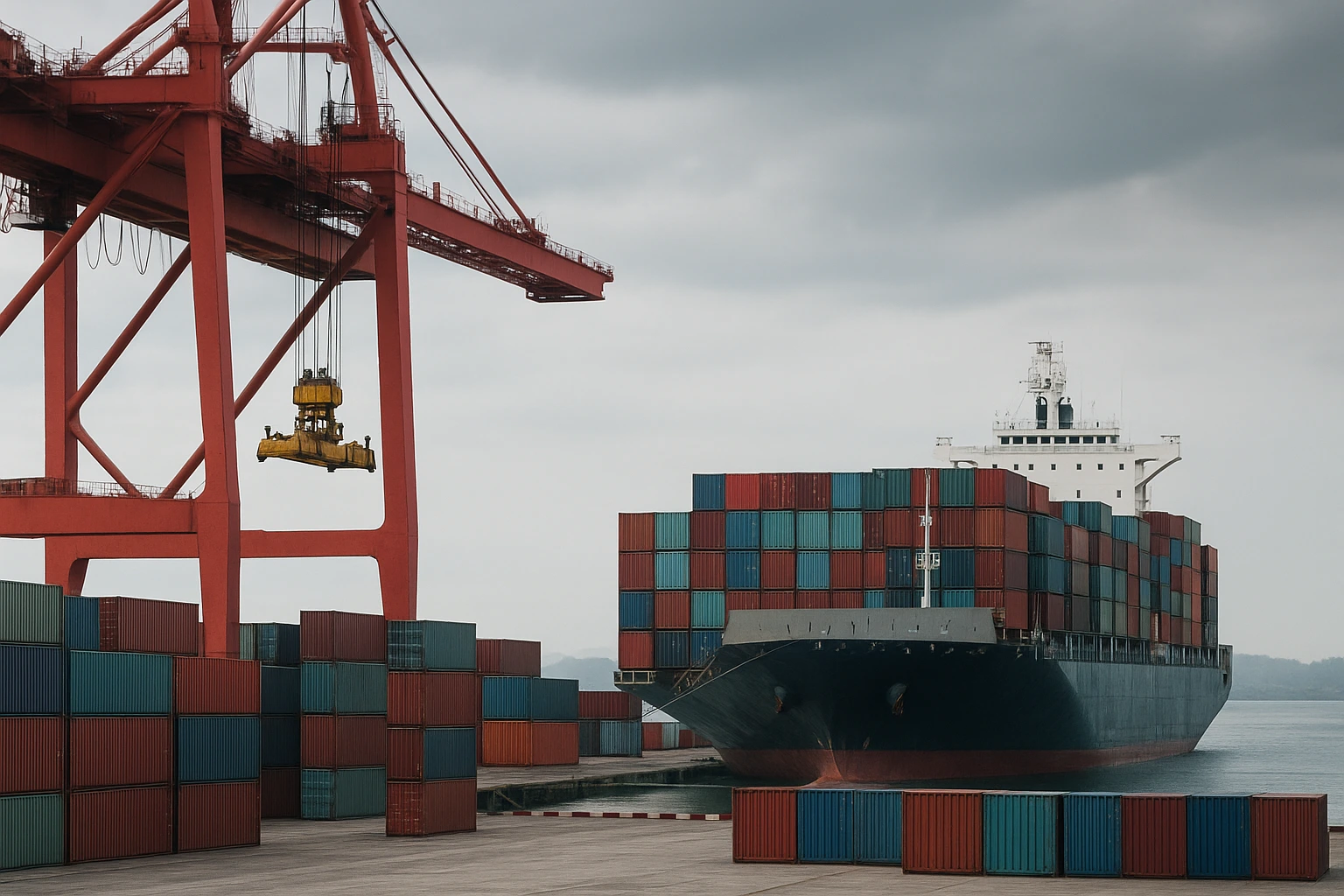WASHINGTON — China’s latest move to tighten control over its rare earth exports has reignited economic tensions with the United States, shattering months of fragile calm between the two powers.
Beijing announced sweeping restrictions this week on exports that contain even trace amounts of rare earth materials, escalating what analysts describe as a new phase of economic warfare.
An irate President Donald Trump responded by threatening to impose 100 percent tariffs on Chinese goods and new limits on US software exports, declaring there was “no reason” to meet with Chinese President Xi Jinping later this month.
The move marks the sharpest deterioration in US And China relations since both nations levied triple digit tariffs earlier this year, raising fears of renewed disruption in global trade.
Rare earth elements a group of 17 metals essential for manufacturing smartphones, electric vehicles, wind turbines and defense systems have long been a cornerstone of China’s industrial leverage.
Beijing controls more than 70 percent of global rare earth production and refining, a dominance it has used strategically in previous disputes.
The Ministry of Commerce in Beijing unveiled the new rules Thursday, describing them as “necessary to protect national interests.”
The restrictions expand previous curbs on raw minerals and magnets to include any finished products or devices that contain rare earth components.
Because these materials are embedded in a vast range of technologies from iPhones to fighter jet sensors the policy effectively grants China broad influence over international supply chains. The new restrictions will take effect Dec. 1, with the United States’ retaliatory tariffs set to begin Nov. 1.
“China’s actions are being viewed by the administration as a major escalation in US And China trade tensions,” said Everett Eissenstat, former deputy director of the White House National Economic Council. “China is flexing its power and showing the world that it can act as a major choke point for global trade.”
Economists and policy analysts describe the move as part of a long term Chinese strategy to weaponize its industrial strengths.
By contrast, US responses under the Trump administration have often been reactive, driven by short term political considerations rather than structural planning.
“We’re playing two dimensional chess while Beijing is playing four dimensional chess,” said Liza Tobin, former National Security Council director for China policy. “This is a calibrated move China is signaling both strength and patience, while testing how far Washington is willing to go.”
Within the White House, officials defend their streamlined foreign policy approach, emphasizing that decision making rests directly with the president.
“Everything is dictated by the president and executed by others,” said one senior administration official, speaking on condition of anonymity. “More people doesn’t mean better outcomes.
Global markets reacted swiftly to the announcements. The S&P 500 fell more than 2 percent on Friday, marking its worst single day drop since April.
Shares of major technology and defense firms both reliant on rare earth components declined sharply, reflecting investor concern over supply disruptions.
China’s export dominance in rare earths is difficult to offset quickly. According to the U.S. Geological Survey, China accounted for roughly 70,000 metric tons of global rare earth output last year, compared with 43,000 in the United States.
While Washington has invested in new refining projects in Texas and California, experts warn that scaling production to meet demand could take years.
“The supply chain risk is real,” said Alicia Townsend, an energy and materials analyst at Oxford Economics. “Even a 10 percent disruption from China could ripple across multiple industries, from renewable energy to aerospace.”
For US manufacturers, the news has triggered anxiety about future costs and production delays.
In Detroit, auto supplier engineer Mark Reynolds said his company is already preparing for material shortages. “We use rare earth magnets in electric vehicle motors,” he said. “If these restrictions go through, it could delay production lines and increase costs across the board.”
In contrast, Chinese state owned media framed the policy as a defense of national interests. “China is not seeking confrontation but will not tolerate economic coercion,” wrote the Global Times in an editorial Friday.
Meanwhile, American farmers and exporters previously targeted during earlier trade disputes fear they may again become collateral damage.
We already took a hit when soy exports were blocked last time, said Iowa soybean farmer Lisa Donnelly. “If this turns into another tit for tat, rural America will feel it first.”
The renewed tension comes just weeks before Trump and Xi were expected to meet at the Asia Pacific summit in Seoul, an encounter that could have stabilized relations ahead of a Nov. 10 tariff deadline. Whether the meeting proceeds remains uncertain.
“Beijing may be testing how far it can push a White House that prizes dealmaking,” said Craig Singleton, a senior China fellow at the Foundation for Defense of Democracies. “But even this administration has limits.”
Analysts warn that China’s latest move could have broader implications for technological competition.
By linking export restrictions to strategic materials, Beijing could gain leverage not only in trade negotiations but also in the race for dominance in emerging sectors like artificial intelligence, semiconductors and green energy.
“Rare earths are the connective tissue of modern technology,” said Townsend. “Whoever controls them controls the pace of innovation.”
As both sides prepare to implement their next wave of trade measures, the fragile détente that briefly steadied US China relations appears to be unraveling.
The rare earth gambit underscores the complexity of disentangling the world’s two largest economies and highlights how economic rivalry is increasingly becoming a tool of geopolitical power.
Whether Washington can craft a coherent, long term response to Beijing’s economic maneuvering may define the next chapter in the world’s most consequential bilateral relationship.

